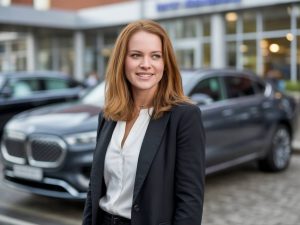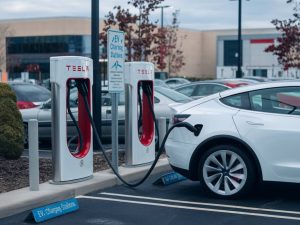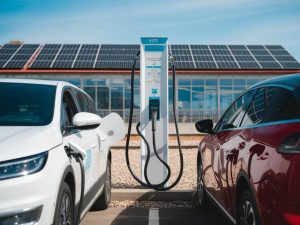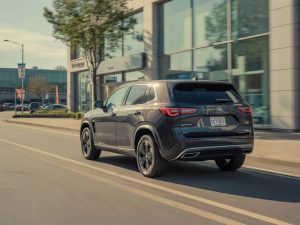exploring the potential of bi-directional charging for home energy storage
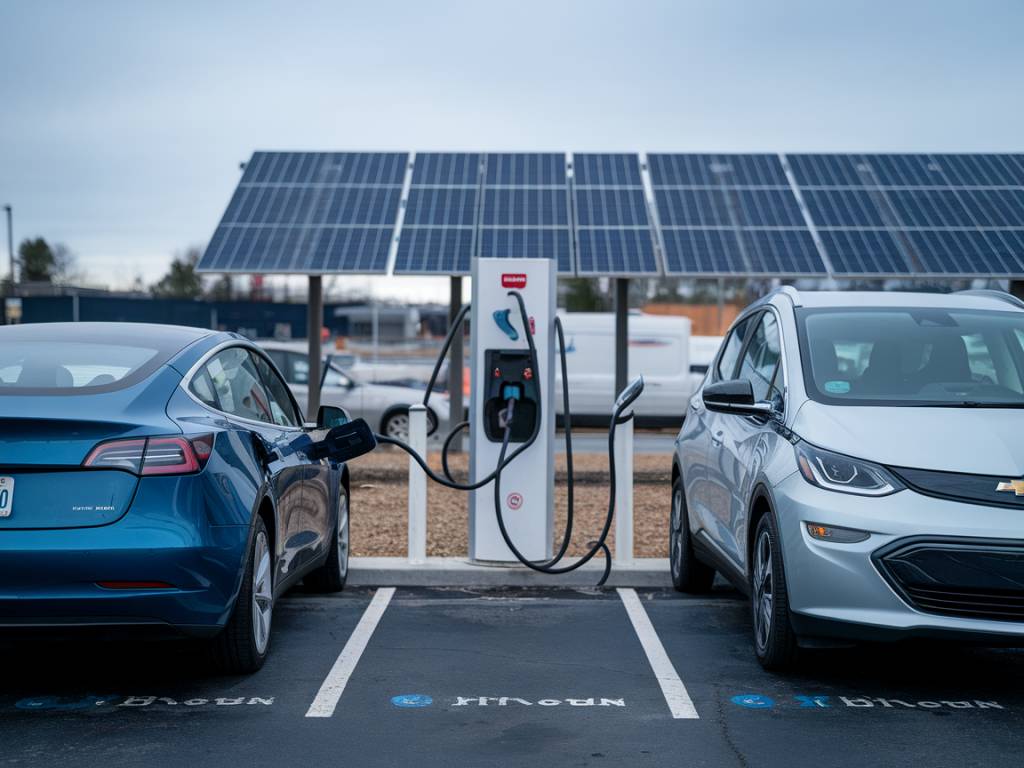
exploring the potential of bi-directional charging for home energy storage
The potential of bi-directional charging for home energy storage represents a significant leap in sustainable energy management. As electric vehicles (EVs) gain popularity, many homeowners are beginning to explore innovative ways to utilize their vehicle’s battery capacity beyond transportation needs. One promising application is bi-directional charging, which allows EVs to not only charge from the grid but also to supply energy back to the home or the electrical grid. This concept can be a game-changer in terms of reducing energy costs, enhancing grid stability, and promoting renewable energy usage. In this article, we will delve into what bi-directional charging is, its benefits, technologies involved, and the challenges it faces.
What is Bi-Directional Charging?
Bi-directional charging refers to the capability of an electric vehicle to both receive energy from and supply energy back to the electrical grid or a home energy storage system. This technology hinges on the idea of Vehicle-to-Grid (V2G) and Vehicle-to-Home (V2H) solutions. Essentially, bi-directional charging systems allow excess energy stored in an EV’s battery to be used for household consumption or to be fed back into the grid during peak demand times, thereby offering a dynamic and flexible energy management solution.
Benefits of Bi-Directional Charging
Bi-directional charging offers several compelling advantages that can make it a valuable addition to home energy systems. These include:
- Cost Savings: Homeowners can take advantage of lower electricity rates during off-peak hours to charge their EVs and then use that stored energy during peak hours, reducing their overall electricity costs.
- Energy Independence: With a bi-directional charging system, homes can become less reliant on the grid, thus providing greater energy security, especially during power outages.
- Grid Stabilization: By supplying power back to the grid during high demand periods, EVs equipped with bi-directional charging can help to stabilize the electrical grid, reducing the chances of blackouts.
- Environmental Impact: Bi-directional charging promotes the use of renewable energy sources. Homeowners can store excess solar power in their EV’s battery and use it when needed, reducing their carbon footprint.
Technologies Involved in Bi-Directional Charging
Implementing bi-directional charging involves several advanced technologies including:
- Bidirectional Chargers: These are essential as they allow energy to flow both to and from the EV’s battery. They are designed to convert direct current (DC) from the battery to alternating current (AC) for use in the home or grid and vice versa.
- Energy Management Systems (EMS): These systems are crucial for monitoring and controlling energy flow. An EMS ensures that energy is used efficiently by deciding when to charge the EV and when to discharge it for home use or back into the grid.
- Smart Grid Technology: Smart grids utilize advanced communication tools to manage energy flow from various distributed sources, including EVs. This interaction helps optimize the use of electricity and integrates renewable energy more effectively.
- Battery Management Systems (BMS): These systems oversee the health and performance of the EV battery, ensuring it operates safely and efficiently during bi-directional charging processes.
Challenges and Considerations
While the concept of bi-directional charging is promising, its widespread adoption faces several challenges. These include:
- Initial Costs: The installation of bi-directional chargers and energy management systems can be costly. However, as technology evolves and demand increases, these costs are expected to decrease.
- Battery Degradation: Frequent charging and discharging cycles can impact the lifespan of an EV’s battery. Manufacturers are working on developing more durable batteries to mitigate this issue.
- Regulatory and Policy Issues: Currently, the regulatory framework for bi-directional charging is still in development. Policymakers need to create standards and incentives to encourage adoption and ensure compatibility across various systems.
- Consumer Awareness: Many consumers are unaware of the benefits and potential of bi-directional charging. There is a need for greater education and awareness to promote this technology.
Future Outlook
The future of bi-directional charging looks promising, driven by advancements in technology and growing interest in sustainable energy solutions. Auto manufacturers are increasingly incorporating bi-directional charging capabilities into their new EV models. Furthermore, pilot projects and real-world applications are demonstrating the tangible benefits of this technology.
One notable example is the collaboration between automotive companies and energy providers to develop smart charging solutions that benefit both consumers and the grid. These partnerships are paving the way for more integrated energy systems where homes, EVs, and grids interact seamlessly.
Innovations in battery technology are also expected to play a critical role in the future of bi-directional charging. Developments in solid-state batteries, for example, promise higher energy density and longer life cycles, which can alleviate concerns about battery degradation.
Additionally, the integration of renewable energy sources, such as solar panels with bi-directional charging systems, can further enhance energy efficiency and sustainability. Homeowners can maximize their use of renewable energy by storing excess power generated during sunny periods and using it when needed, thereby reducing reliance on fossil fuels.
Practical Applications and Real-World Examples
Several pilot projects around the world are showcasing the practicality and benefits of bi-directional charging. For instance, Nissan has been a pioneer in this field with its « Nissan Energy » program, which enables Nissan LEAF owners to use their car’s battery pack to power their homes or feed energy back into the grid. This program has seen successful implementations in Japan and Europe, setting the stage for wider adoption.
Another example is the collaboration between Ford and Sunrun, a leading solar energy provider in the United States. Together, they are developing a home energy system that integrates Ford’s F-150 Lightning electric truck with Sunrun’s solar energy solutions. This system allows homeowners to optimize their energy consumption and reduce costs by leveraging bi-directional charging.
Moreover, companies like Tesla are also exploring bi-directional charging capabilities to enhance their existing energy products, such as the Powerwall. By integrating EVs into their home energy ecosystem, Tesla aims to provide a comprehensive solution for sustainable energy management.
Consumer Considerations and Adoption Tips
For consumers interested in adopting bi-directional charging for home energy storage, here are some key considerations and tips:
- Assess Energy Needs: Evaluate your household’s energy consumption patterns to determine how bi-directional charging can best meet your needs. Understanding these patterns can help you optimize when to charge and discharge your EV’s battery.
- Check Equipment Compatibility: Ensure that your EV and charging infrastructure are compatible with bi-directional charging. Not all EVs currently support this technology, so it’s essential to verify compatibility before making a purchase.
- Explore Incentives and Rebates: Look for government incentives, tax credits, and rebates that can offset the initial costs of setting up bi-directional charging systems. Financial incentives can significantly reduce the economic barriers to adoption.
- Consult with Professionals: Seek advice from energy experts and professionals to design and install a bi-directional charging system that meets your specific requirements. Professional installation ensures safety and optimal performance.
- Stay Informed: Keep abreast of the latest developments in bi-directional charging technology and policies. Staying informed will help you make better decisions and take advantage of emerging opportunities.
In summary, the potential of bi-directional charging for home energy storage is immense. As technology continues to evolve and regulatory frameworks develop, bi-directional charging is poised to become a mainstream solution for managing energy more efficiently and sustainably. By leveraging the battery capacity of EVs, homeowners can not only reduce their energy costs but also contribute to a more stable and resilient electrical grid.

